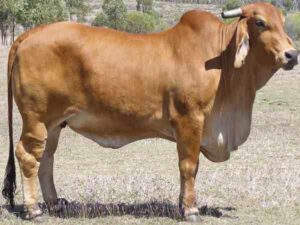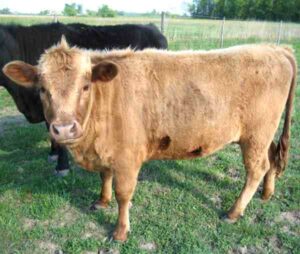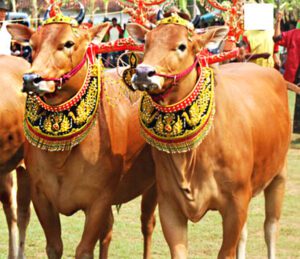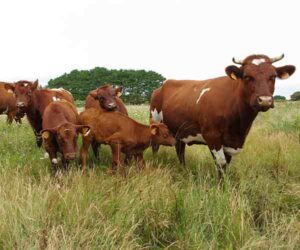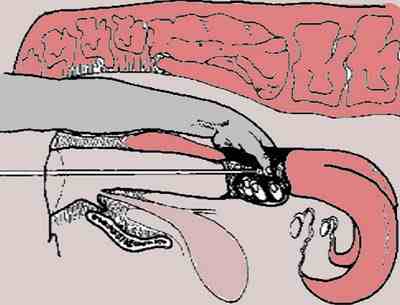Brown Swiss cattle is a breed of dairy cattle which is raised mainly for milk production purpose. It is a very common and popular breed, and found in many countries around the world. And it is popular mainly for it’s milk production.
The modern Brown Swiss cattle is actually an American breed of dairy cattle, and it is also known as American Brown Swiss. It derives from the traditional triple-purpose Braunvieh of the Alpine region of Switzerland (but has diverged substantially from it).
The Brown Swiss was selectively bred for dairy qualities only, and it’s draft and beef capabilities were lost. Milk yield was measured at 10231 kg per year in 2013. And milk of the cows contain about 4% butterfat and around 3.5% protein. And the milk is very suitable for making cheese.
In the 20th Century, the Brown Swiss cattle became a world breed. Total global population estimated at 7 million head in 1990. The breed has been much used for cross-breeding, and has influenced a number of modern cattle breeds. However, read some more information about this breed below.
Brown Swiss Cattle Characteristics
The Brown Swiss cattle is of medium to large in size. Their coat is usually a light grayish brown (but varies from almost white to gray or dark brown). There may some shading in the coat, with the forequarters often darker than the hind parts and legs. Their muzzle is black, ringed with creamy white.
Average live body weight of the mature cows is between 590 and 640 kg. And average live body weight of the mature bulls is around 900 kg. And average live body weight of the newly born calf is around 40 kg.
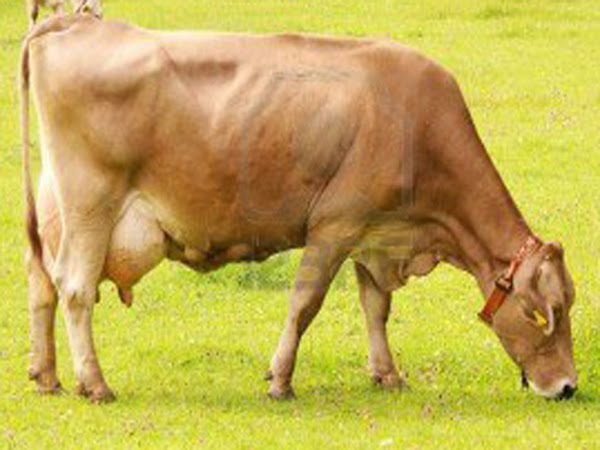
Uses
The Brown Swiss cattle is actually a dairy cattle breed, and it is raised mainly for milk production purpose. Milk of the cow is unique, having longer-chain fatty acids than other popular dairy breeds and smaller fat globules in the cream (this difference means that cream rises much more slowly in milk from Brown Swiss cows). This difference and the ratio of protein to fat in the milk is ideal for cheese making.
Special Notes
The Brown Swiss cattle become very calm and quite in nature. And the calf gain maturity lately than other breeds. They are well adapted to their local climates, but also do very well in other parts of the world.
That’s why, today this cattle breed is available in many countries throughout the world.
| Breed Name | Brown Swiss |
| Other Names | American Brown Swiss |
| Breed Purpose | Milk |
| Special Notes | Very strong, hardy, active, well adapted to local climates, do very well in many countries |
| Breed Size | Medium |
| Bull’s Weight | 900 kg |
| Cow’s Weight | 590-640 kg |
| Climate Tolerance | All Climates |
| Coat Color | Usually pale brown |
| Horned | No |
| Milk Yield | Good |
| Rarity | Common |
| Country/Place of Origin | Switzerland/United States |

